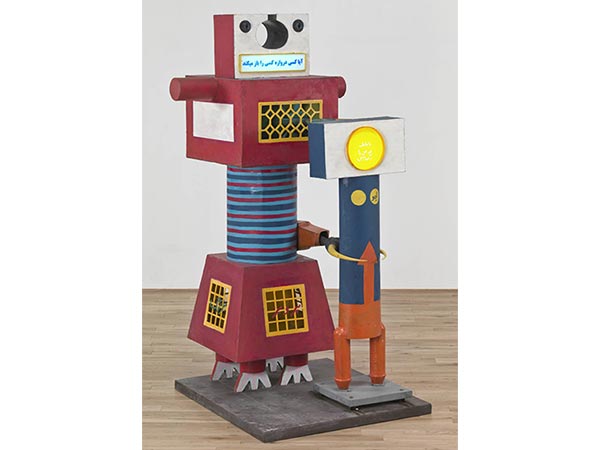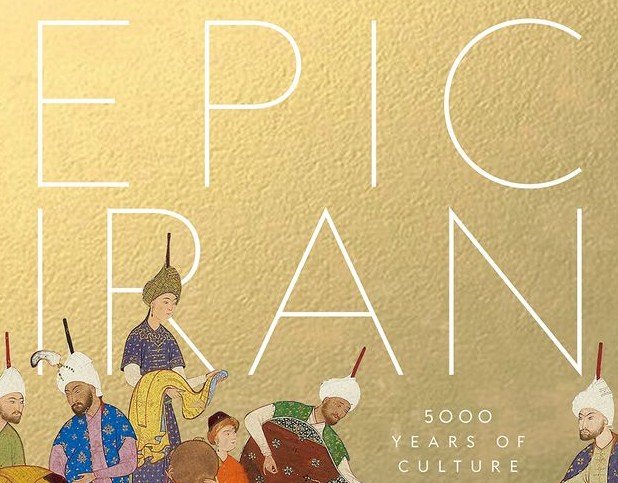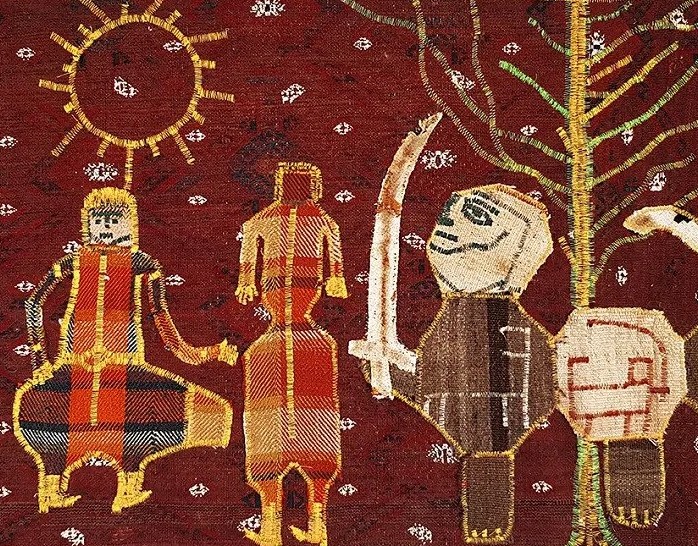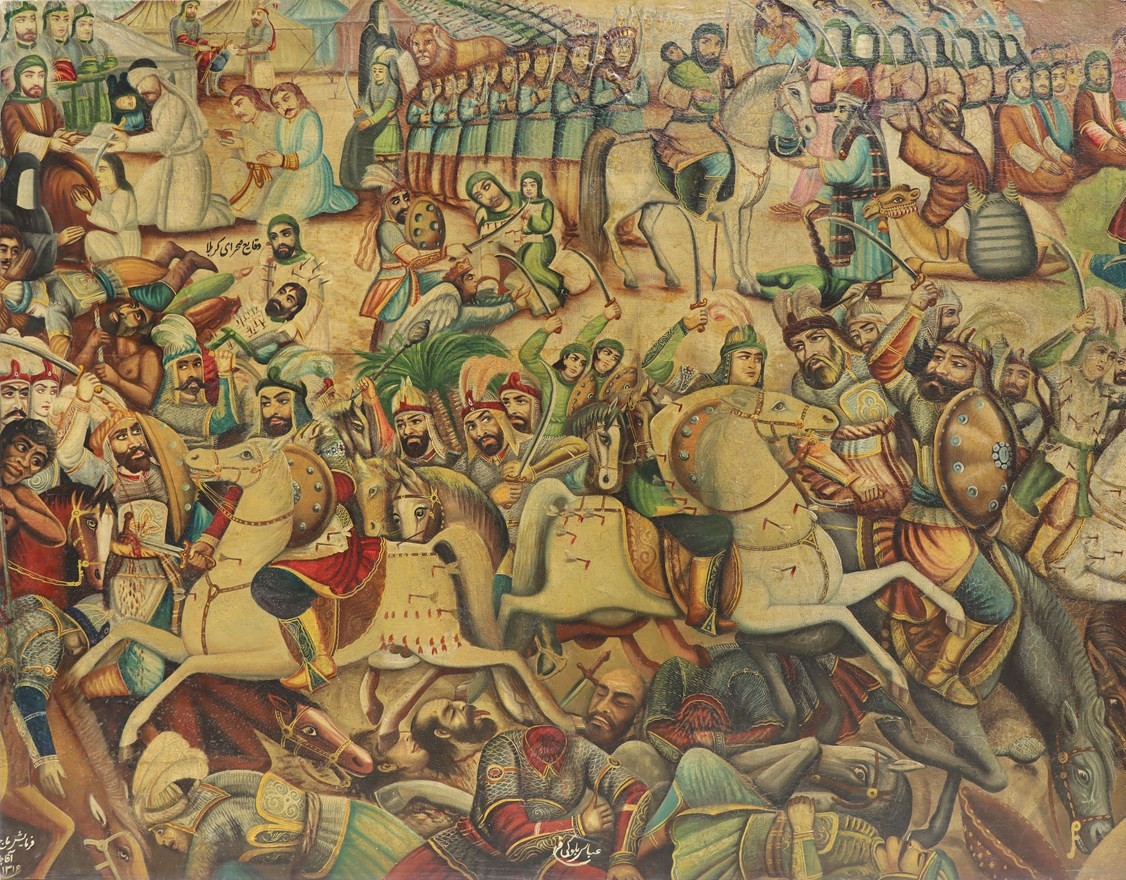Capturing the Moment Exhibition
The thematic exploration of "Capturing the Moment" on photography, which will run from June 13, 2023 until April 28, 2024, transcends geographical boundaries, offering a comprehensive view of contemporary societal shifts. The statement of the exhibition reads:
The arrival of photography changed the course of painting forever. In this unique exhibition, we explore the dynamic relationship between the two mediums through some of the most iconic artworks of recent times.
From the expressive paintings of Pablo Picasso and Paula Rego, to striking photographs by Hiroshi Sugimoto and Jeff Wall, you will see how these two distinct mediums have shaped each other over time.
The Tate Modern's and its Relations to Iranian Artists
Beyond the thematic focus of "Capturing the Moment," the Tate Modern has actively contributed to reshaping the narrative surrounding Iranian artists. The museum's commitment to inclusivity and diversity has resulted in curated exhibitions, retrospectives, and ongoing programs that acknowledge and support Iranian artists.
The World Goes Pop (2015)

Parviz Tanavoli: Renowned for his iconic "Heech" sculptures, Tanavoli's inclusion in this exhibition challenged the Western-centric perspective of the pop art movement. "Heech," a Persian word for 'nothingness,' symbolized a profound commentary on the emptiness and void in modern society, showcasing the global influence of Iranian artists in redefining pop art.
Monir Shahroudy Farmanfarmaian's Retrospective (2015)

Monir Shahroudy Farmanfarmaian: Celebrated for her innovative mirror mosaics, Farmanfarmaian's retrospective showcased the intersection of traditional Iranian craftsmanship and modern artistic sensibilities. Her intricate geometric designs, influenced by Persian architecture and mysticism, presented a harmonious blend of tradition and contemporary aesthetics.
Iranian Photobooks: From Revolution to War (2017)
 This exhibition was from the collection of Martin Parr, a British documentary photographer, photojournalist and photo book collector, and was displayed in a small room on the second floor of Tate Modern. These photos belonged to several famous Iranian photographers and from the era of the Islamic Revolution (1979) and the Iran-Iraq War (1980-1988). Among the Iranian photographers present in this exhibitionn were Bahman Jalali and Seifollah Samadian.
This exhibition was from the collection of Martin Parr, a British documentary photographer, photojournalist and photo book collector, and was displayed in a small room on the second floor of Tate Modern. These photos belonged to several famous Iranian photographers and from the era of the Islamic Revolution (1979) and the Iran-Iraq War (1980-1988). Among the Iranian photographers present in this exhibitionn were Bahman Jalali and Seifollah Samadian.
Conclusion
These examples illustrate the depth and diversity of Iranian artistic expression showcased at the Tate Modern. The museum's commitment to featuring a broad spectrum of voices and narratives within the Iranian contemporary art scene has contributed significantly to fostering a more nuanced, global understanding of Iranian art. The interconnected nature of these exhibitions underscores the Tate Modern's role as a catalyst for breaking down cultural barriers and elevating diverse perspectives within the international art community. Thus, the Tate Modern's curatorial exhibitions serves as a nexus between global contemporary themes and the transformative impact the museum has had on the careers of artists in periphery. The interconnected narratives underscore the Tate Modern's commitment to fostering a diverse and inclusive artistic dialogue on the international stage.



